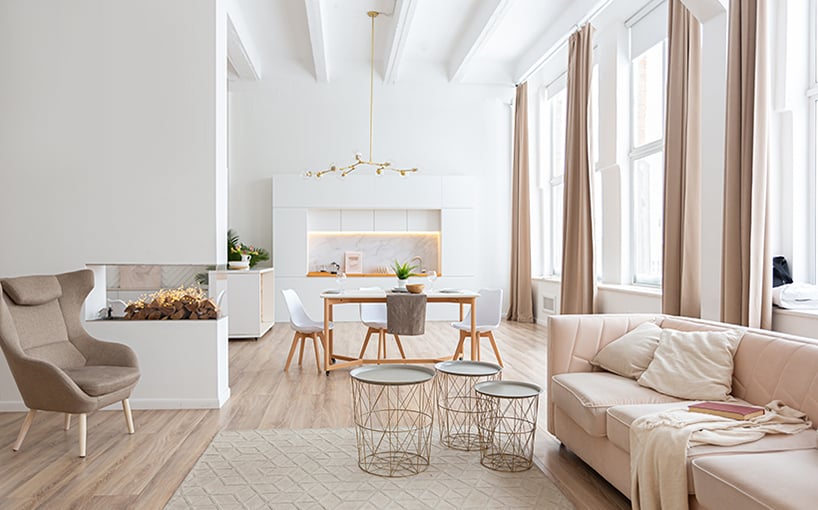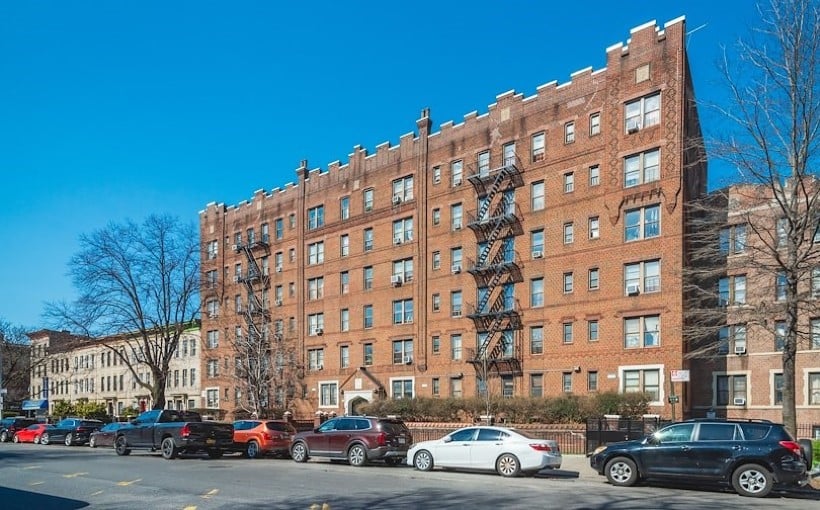**Looking Ahead: Millennials Will Continue Influencing the Housing Market**
With ongoing economic volatility and uncertainty, predicting short-term trends in commercial real estate remains challenging. As a result, Marcus & Millichap’s Senior Vice President, John Chang, has shifted focus toward the long-term outlook—particularly the role of millennials in shaping the future of the housing market.
In a recently released video titled “The Forces Driving Long-Term Rental Housing Demand,” Chang highlights the massive influence of this generation. Millennials, a demographic 73 million strong and currently in their late 20s to early 40s, are in the midst of significant life milestones—most notably family formation. With the average marriage age at 29, this group is driving long-term demand in the housing sector.
### A Growing Trend: Renting Over Owning
A notable trend is that millennials are choosing to stay in rental properties longer than previous generations. According to Chang, “The enormous wave of millennials in their prime household formation years is a core underlying housing demand driver. Even though the leading edge of this cohort is aging into their 40s, they’re staying in rental housing longer.”
### Elevated Lease Renewals and Better Apartments
One indicator of this trend is the rise in apartment lease renewals, which have reached 55% over the past year. Chang explains this as a reflection of the improving quality of apartment living. “The quality of life in apartment rentals has improved tremendously over the years,” he said. Upgraded services, enhanced amenities, high-quality finishes, and smarter floor plans have made renting more appealing. Developers have adjusted their offerings to meet evolving preferences, encouraging young adults to delay homeownership further.
### Affordability Remains a Key Factor
Another major factor deterring millennials from buying homes is affordability. “The quality of housing they can rent compared to the quality of housing they can afford to buy has grown wider than it was in the past,” said Chang.
This growing affordability gap is evident in the nearly $1,300 monthly difference between renting and owning. As home prices rise and mortgage rates remain high, many millennials are postponing their first home purchase.
The trend is reflected in the median age of first-time homebuyers:
– 2010: 30 years
– 2020: 33 years
– 2022: 36 years
– 2024: 38 years
### What Lies Ahead?
Looking to the future, Chang does not anticipate major changes in housing fundamentals in the short term. Homebuilders are not adding enough supply to bring prices down, and mortgage rates remain elevated.
“Looking forward five years, it looks like the U.S. will continue to face a housing shortage, and there will continue to be a significant affordability gap between homeownership and renting,” Chang said.
As apartment living continues to improve and construction slows, demand for multifamily housing will rise. Lower vacancy rates and strengthened rent growth are likely outcomes.
Millennials, as the largest living adult generation, will continue to significantly influence the housing market well into the foreseeable future.




